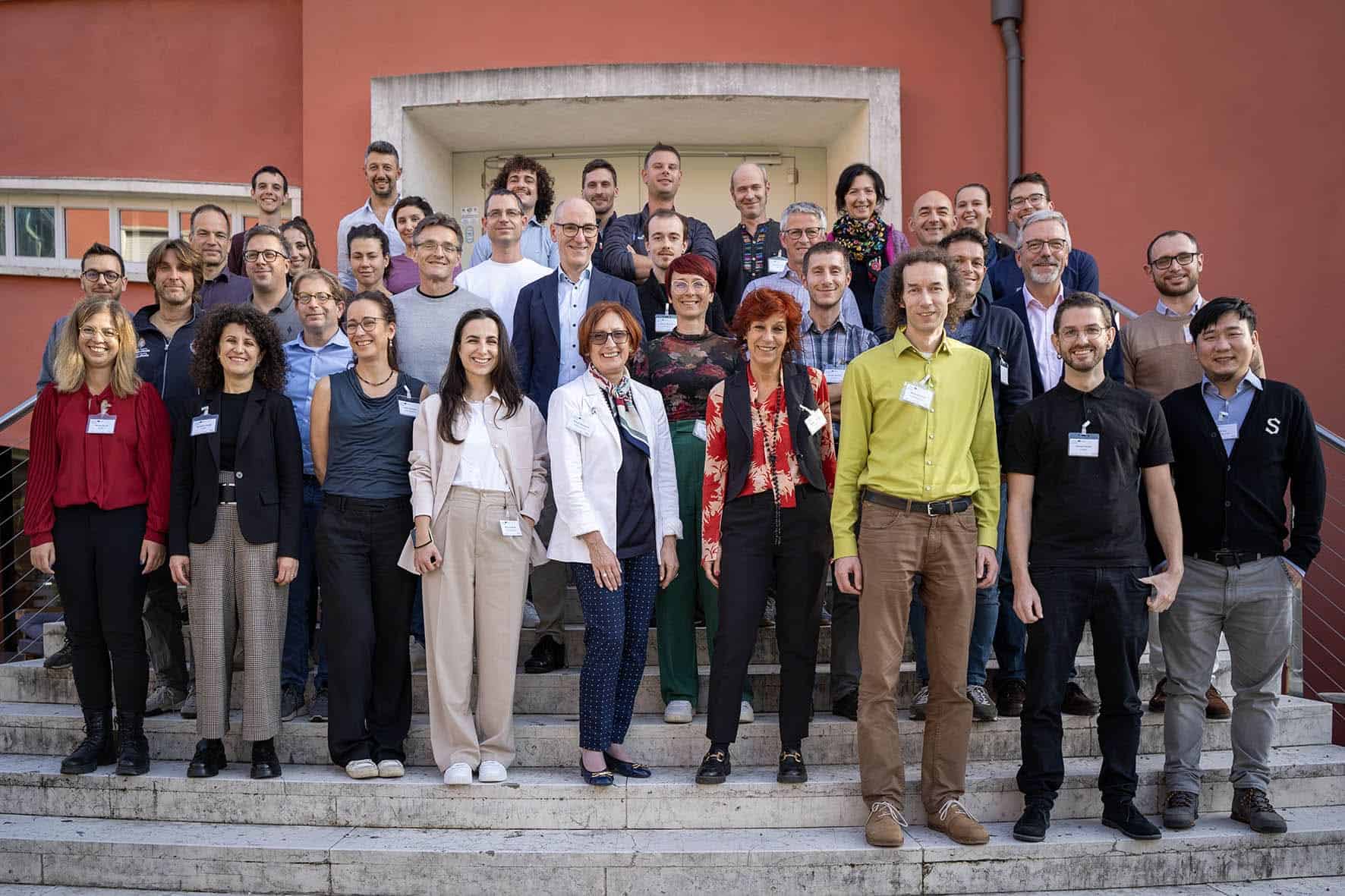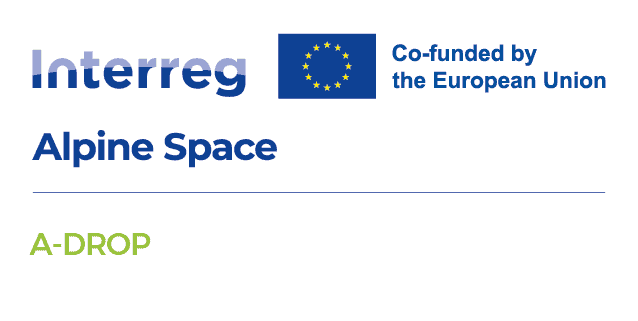
Overview
Extended periods of reduced precipitation and heatwaves are causing water shortages, with consequences beyond the Alps on power production, drinking and irrigation water allocation, ecosystem health, and tourism. A-DROP tackles this challenge by building a multisectoral drought forecasting system. This system combines existing drought monitoring instruments with new datasets and training activities that specifically address users’ needs. Leveraging the complementarity of partners and observers, the project offers tailored solutions for multisectoral drought risk management, ready for scaling up to other Alpine basins.
Factsheet
- 2021 – 2027
- Climate resilient and green Alpine region
- SO 1.1 - Promoting climate change adaptation and disaster risk prevention, resilience, taking into account eco-system based approaches
-
- 2.444.365 EUR
- 1.833.274 EUR
Partners
- 46.494530211.3472734
- 46.56576984999999515.640955072680951
- 45.2077100000000065.7958039289256185
- 48.24862595000000516.356562264678487
- 48.147607811.5640961
- 45.73685187.3221999
- 44.29971698.4516977
- 46.6033541.8883335
- 48.1490727511.567444920339295
- 48.1985396516.369861676286614
- 46.04898975000000414.503956692895823


















Outcomes
-
Development of drought management tools in three pilots covering the sectors agriculture, hydropower production, and winter tourism, exploiting OI 11, OI 12, and OI 13 data as input
Drought risk management tools, using WP1 outputs, implemented in 3 pilots for 3 sectors: 1. Agricultural drought management tool for SI and irrigation decision support tool tested in real-life farming situations (SI). 2. Hydropower plant management tool for the Upper Isar (DE/AT) under drought conditions. 3. Climate service enabling sustainable use of water with current and future snow management practices (IT, FR, DE). (KGZS, UL, TUM, Abest-Horizon, INRAE, with contribution of WP1 PPs) -
Two drought early warning and prediction tools developed and validated in pilots 4 (Valle d’Aosta) and 5 (Trento Province)
Two distinct hydrological drought early warning and prediction tools, developed utilizing data from WP1, validated via hindcast experiments in two Italian pilot regions: Valle d’Aosta (Pilot 4, VDA), and the Trento Province (Pilot 5, TN), where the regional administration is actively pursuing the implementation of drought alert systems (A2.4). Leveraging WP1 data, O2.2 tools are transferable to other Alpine regions. (CIMA, EURAC, and CFVDA with the contribution of WP1 PPs) -
A-DROP interoperable database, improved ADO platform, and data management plan
1. Climate and hydrological data O1.1, 1.2, and 1.3 openly accessible through the open-source ADO platform (https://ado.eurac.edu/) following FAIR data principles. 2. ADO platform significantly enriched with A-DROP prediction tools, high-resolution data sets, and new functionalities to make full use of the high-resolution data. 3. Data management plan (A3.5) (EURAC with all PPs) -
A-DROP sectorial tools for drought risk management
Multi-sectoral solutions generated from the pilots O2.1 improving drought risk management in hydropower production, winter tourism, and agriculture. An associated work plan 1. enables tool adoption and 2. offers technical services to facilitate the on-the-ground implementation of the designed solutions (A3.2, A3.3). (KGZS, UL, TUM, Abest-Horizon, INRAE, with the contribution of WP1 PPs) -
Drought early warning and prediction tools and upscaling strategies
1. Proof of concept for hydrological drought prediction models, developed and validated in O2.2 pilots, with a feasibility analysis for their operational adoption and strategies for upscaling to an Alpine-wide prediction system post-project. 2. Drought risk management online platform for Valle d’Aosta validated by public administrations and operationalized, with technical/political evaluation of its transfer to other countries. (CIMA, EURAC, and CFVDA with all PPs)
Pilots
-
Upper Isar river basin
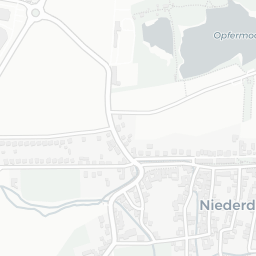




 The Upper Isar river basin, spanning parts of Germany and Austria, has been chosen as the pilot site for hydropower production within A-DROP. The Isar River originates in the Karwendel mountain range of the Austrian Alps and flows northward into Germany, passing through Bavaria before joining the Danube near Deggendorf. The Upper Isar river basin covers the area from the river's source to the confluence of the Loisach and Isar rivers near Wolfratshausen.
The Upper Isar river basin, spanning parts of Germany and Austria, has been chosen as the pilot site for hydropower production within A-DROP. The Isar River originates in the Karwendel mountain range of the Austrian Alps and flows northward into Germany, passing through Bavaria before joining the Danube near Deggendorf. The Upper Isar river basin covers the area from the river's source to the confluence of the Loisach and Isar rivers near Wolfratshausen.
The Upper Isar river basin was selected for this pilot because it represents a typical alpine river system with substantial hydropower infrastructure. Additionally, the region is highly vulnerable to the effects of climate change, particularly the increasing frequency of droughts, which pose significant risks to both hydropower generation and river ecosystems. The Isar river basin provides water for diverse uses, including energy production, recreation, and ecological services, highlighting the complex water management challenges faced by alpine regions.
This pilot aims to develop an advanced hydrological tool that combines physics-based and machine learning models to simulate hydropower operations under drought conditions. By calibrating this model with extensive data, the project seeks to analyze the economic and ecological trade-offs between hydropower production and regional water use. Ultimately, the goal is to develop sustainable, adaptive strategies for improved low-water management in the Upper Isar river basin, balancing the needs of energy production, ecosystem health, and various water users. This pilot serves as a crucial step towards creating more resilient and sustainable water management practices in alpine regions facing the pressures of climate change and competing water demands. -
Slovenia

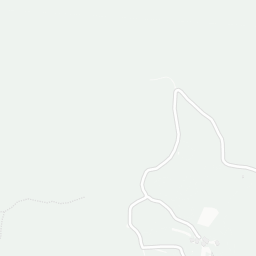


 Pilot 1 will take place in Slovenia, led by the Biotechnical Faculty at the University of Ljubljana and the Institute of Agriculture and Forestry Maribor. The pilot will focus on the Podravje region in the country’s northeast, an area frequently facing agricultural drought.
Pilot 1 will take place in Slovenia, led by the Biotechnical Faculty at the University of Ljubljana and the Institute of Agriculture and Forestry Maribor. The pilot will focus on the Podravje region in the country’s northeast, an area frequently facing agricultural drought.
The primary objective is to enhance existing drought monitoring and irrigation scheduling tools and to ensure their long-term sustainability. Feasibility studies will be conducted to improve monitoring networks and incorporate high-resolution climate and satellite data (OI11 and OI12), proximity and point-soil moisture sensing, to boost the performance of drought monitoring and irrigation scheduling tools. These studies will critically assess the facility of various digital tools in improving drought resilience especially focusing farmers’ willingness, capacity to adopt the tools.
Approximately 10 farmers from the case study area will be engaged in A-DROP solutions under O3.2, receiving support to make data-driven decisions about water use. Economic cost-benefit analyses will be conducted on farm-level irrigation systems, considering various crops, irrigation methods, and water sources. Additionally, comparisons between new and existing irrigation methods will help identify the most cost-effective approaches, with the goal of developing guidelines for optimizing economic returns on irrigation while promoting sustainable water practices.
To engage stakeholders, co-design workshops with local pilot participants and water authorities will be organized, focusing on real-world testing of agricultural drought management and irrigation decision-support tools. This second iteration will provide valuable feedback for refining these tools in actual farming contexts.
Two key farmer associations - the Association of Slovenian Rural Youth and the Union of Slovene Organic Farm Associations - will act as multipliers, helping to disseminate best practices and extend the pilot’s impact. -
Aosta Valley


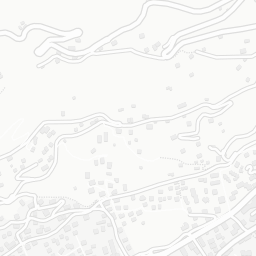


 This pilot is based in Aosta valley, a drought-prone valley in north-western Italy. Embraced by some of the highest peaks in the Alps, Aosta Valley is a typical inner-Alpine valley with marked rain shadows. Annual precipitation can be as high as ∼1600–1800 mm at high elevations and lower than 600 mm in the central valley. Such comparatively low precipitation totals, coupled with pronounced temperature gradients, make this region prone to droughts and the associated vegetation stress. An area of about 134 km2 out of 3261 km2 of the Aosta Valley is covered by glaciers (4%).
This pilot is based in Aosta valley, a drought-prone valley in north-western Italy. Embraced by some of the highest peaks in the Alps, Aosta Valley is a typical inner-Alpine valley with marked rain shadows. Annual precipitation can be as high as ∼1600–1800 mm at high elevations and lower than 600 mm in the central valley. Such comparatively low precipitation totals, coupled with pronounced temperature gradients, make this region prone to droughts and the associated vegetation stress. An area of about 134 km2 out of 3261 km2 of the Aosta Valley is covered by glaciers (4%).
Here, A-DROP will implement multiple actions to enhance drought management and preparedness. The most important one will be the development of combined drought indices in collaboration with stakeholders from the technical-political observatory on the water crisis. These policy-relevant drought indices will be then validated against drought impact news from newspapers and will be published on an online, operational platform for the regional administration, providing a full-scale, drought-risk assessment dashboard. Other two activities will regard testing seasonal forecasts for the development of a drought early warning tool for the regional administration and the computation of water-resources climate change scenarios for snowmaking. -
Avoriaz and La Thuile ski resorts
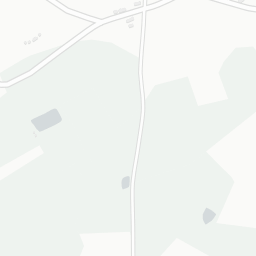




 Essential and vital to all ecosystems and human societies, water is a key factor in adapting to climate change. Its role is particularly crucial in mountain areas where ski resorts are present; indeed, in addition to its general use for tourism activity, water withdrawal for artificial snowmaking has become one of the main adaptation strategies to cope with worsening snow conditions on the ski slopes.
Essential and vital to all ecosystems and human societies, water is a key factor in adapting to climate change. Its role is particularly crucial in mountain areas where ski resorts are present; indeed, in addition to its general use for tourism activity, water withdrawal for artificial snowmaking has become one of the main adaptation strategies to cope with worsening snow conditions on the ski slopes.
Within A-DROP WP2, we want to develop a method for analyzing the dynamics of water resources, evaluating the expected future evolution of the hydrological regime. This will enable water availability to be compared with changes in demand for artificial snow production, already estimated within the framework of the ClimSnow climate service. For example, a detailed analysis of the number of times the water reservoirs can be filled could reveal an increasing pressure on the reservoir's filling capacity during summer, forcing the stakeholders to adapt their water management strategies. Finally, with our approach it will also be possible to compare, at specific points within a territory, the evolution of water resources available in the future with other known water uses, such as reserved flows, drinking water supply and livestock feed. This will provide a comprehensive understanding of the challenges that mountain areas will have to face in the coming decades in terms of water management, thus supporting local stakeholders in their decision making.
In order to deploy and evaluate the model results, we have chosen 2 pilot sites in France and Italy. Each site has different water-related issues and management practices, which will allow us to adapt our modelling framework to better match specific needs.
- Avoriaz ski resort - Avoriaz 1800 is a village located in the French Northern Alps, at the heart of the Portes du Soleil ski area, one of the world's largest cross-border ski resorts, spread across France and Switzerland. The Avoriaz ski resort has 53 slopes and 35 lifts. The average annual amount of water consumed for artificial snowmaking is about 300.000 m3. Some strategic sectors are at low elevation (about 1200 m), which makes snowmaking quite challenging. It is then necessary to carefully evaluate the future water availability in those areas, where important investments are currently under discussion.
- La Thuile ski resort - Located in the Valle d'Aosta region in North-Western Italy and connected to La Rosière in France, this large ski area offers 80 pistes and 38 lifts. With mostly north-facing slopes, a favorable micro-climate and over 400 snowguns, the snow conditions are generally very good during winter. However, since snowmaking might be constrained in the future by possible conflicts of water use, it is crucial to assess the balance between tourism capacity and the ability to maintain good ski conditions.
-
Adige river basin
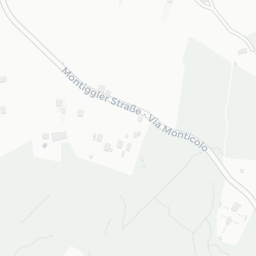




 The Adige River is located the Italian Alps, and it is the second longest river and the fourth considering the average yearly discharge. The hydrologic regime is characterised by a marked seasonality, where high flows tend to occur in summers driven by snow and glacier melting, and low flows typically occur in winter. The water of the Adige basin sustains both ecosystem functions and many important socio-economic activities, from public water supplies to tourism, where the largest consumers are hydroelectric production and agriculture. Trentino Alto Adige is the second Italian region for number of hydroelectric plants, and it provides water for irrigation to part of the downstream Veneto region. In summary, the water of the Adige basin is a resource that is strongly regulated and shared by many users, hence during periods of water scarcity, water allocation conflicts can materialize. Two severe drought events have recently hit the region: in 2017 the discharge at Boara Pisani reached the lowest value ever recorded, which indicates favourable conditions for saltwater intrusion. In 2022, the severity of the drought caused irrigation issues and lead to tensions between Trentino and Veneto. Water allocation decisions depend on information about water stored in lakes and flowing in rivers. A system that provides sub-seasonal to seasonal water availability forecasts to water managers and decision makers can improve the preparedness and management of drought risks. Pilot 5 aims at producing seasonal forecasts of river discharge along river sections selected in collaboration with the pilot’s observers. The seasonal forecasts are produced at the beginning of every month and can be used to forecast dry or wet conditions up to 7 months ahead. Based on the observers’ needs, the pilot will also investigate the predictability of other relevant hydrological variables.
The Adige River is located the Italian Alps, and it is the second longest river and the fourth considering the average yearly discharge. The hydrologic regime is characterised by a marked seasonality, where high flows tend to occur in summers driven by snow and glacier melting, and low flows typically occur in winter. The water of the Adige basin sustains both ecosystem functions and many important socio-economic activities, from public water supplies to tourism, where the largest consumers are hydroelectric production and agriculture. Trentino Alto Adige is the second Italian region for number of hydroelectric plants, and it provides water for irrigation to part of the downstream Veneto region. In summary, the water of the Adige basin is a resource that is strongly regulated and shared by many users, hence during periods of water scarcity, water allocation conflicts can materialize. Two severe drought events have recently hit the region: in 2017 the discharge at Boara Pisani reached the lowest value ever recorded, which indicates favourable conditions for saltwater intrusion. In 2022, the severity of the drought caused irrigation issues and lead to tensions between Trentino and Veneto. Water allocation decisions depend on information about water stored in lakes and flowing in rivers. A system that provides sub-seasonal to seasonal water availability forecasts to water managers and decision makers can improve the preparedness and management of drought risks. Pilot 5 aims at producing seasonal forecasts of river discharge along river sections selected in collaboration with the pilot’s observers. The seasonal forecasts are produced at the beginning of every month and can be used to forecast dry or wet conditions up to 7 months ahead. Based on the observers’ needs, the pilot will also investigate the predictability of other relevant hydrological variables.
Project calendar
